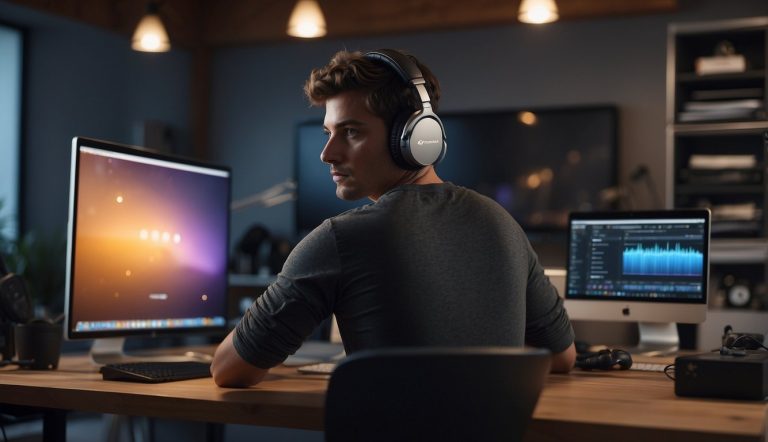How to Correct Audio Phase
A phase is the vibration in the air. In other words, it’s the sound waves. In occurs when sound is created. Movement in the air causes a rippling effect, which leads to waves. Waves causes vibration in our eardrum, which is then processed in the brain and translate it into sound.
In recording, problems with regards phase occurs especially when there are many channels used in recording one instrument or source. To correct this, you can use the mono overdub style when recording. However, when you convert any audio from stereo to mono, it will most probably earn that flat stereo field.
Photo Source: https://www.youtube.com/watch?v=rXQcjaXnhG0
Wiring incorrectly
When the two channels of the signal are in phase, you can hear them both at the same amp level in both of your ears. However, if you reverse one of the stereo signal, they would both cancel each other. In the case of a pure sine wave, these signals without phase would only result to silence. This can occur when you have wired your speakers incorrectly as it would reverse one of the channel’s polarity.
Though a simple matter, and sometimes untraceable when the audio is not listened to carefully, it can still affect your mix. A number of studios, home and professional, still have their monitors wired incorrectly of phase. This is to say that the problem is common so you don’t have to stress too much if it happens to your mix. However, once you have traced a problem, it’s better if you address it directly.
To check your speakers whether they are out of phase or not, sum your track to mono. This is as easy as clicking an icon or pressing a button, but this depends on what console you are using.
Having thin-sounding signal
When you want to track problems regarding phase, it’s usually better if you use low-pass so that it will be audible. When you hear a little or no bass at all in what seems like a thin-sounding signal or when the mix is lacking localization with the drum or bass, then you definitely have a problem. Sometimes, if the phase is cancelled, those signals you pan towards the center tend to disappear without affecting those panned to just one side. This is apparent with a vocal or solo, thus leaving the reverb.
When you hear that the problem occurs while you are in the process of mixing, you can pull it out in your DAW. Zoom on the track’s waveforms. Nudge one slightly. This slight move can greatly affect your audio. You just need to get it correctly. If you don’t want to do it manually, then you can purchase phase alignment plug-ins from the market to do the cleaning for you.
Photo Source: https://www.youtube.com/watch?v=_N0ER4A73QE
Using more than 1 mic
When recording with multiple microphones, there’s a usual occurrence that waves of different frequencies will get to the different microphones during different times. Because of this, there is a higher chance the one mic will receive positive phase and the other one will receive a negative phase. Though it is still unpredictable whether it’ll happen or not, the probability is quite high.
To fix this, you can move the mic or flip its phase or input channel. If that does not work, then you can try the 3:1 Rule of Mic Placement. To do this, place the second mic in a distance thrice farther than the first one. Use the first mic as your source. This mainly minimizes the phase problem specifically related to the time delay between mics.
Whenever you’re dealing with a phase problem, you should always try to identify the problem first. From there, you can start devising a plane to solve it. When you don’t track the problem during the recording, you’ll most probably hear it while you’re already editing your mix. Since phase is usually not easily traced at this stage, it’s best if you listen to all your audio in mono. If you fail to fix it in this stage, then you’ll meet with even bigger problems, especially when you have already completed the mix.



